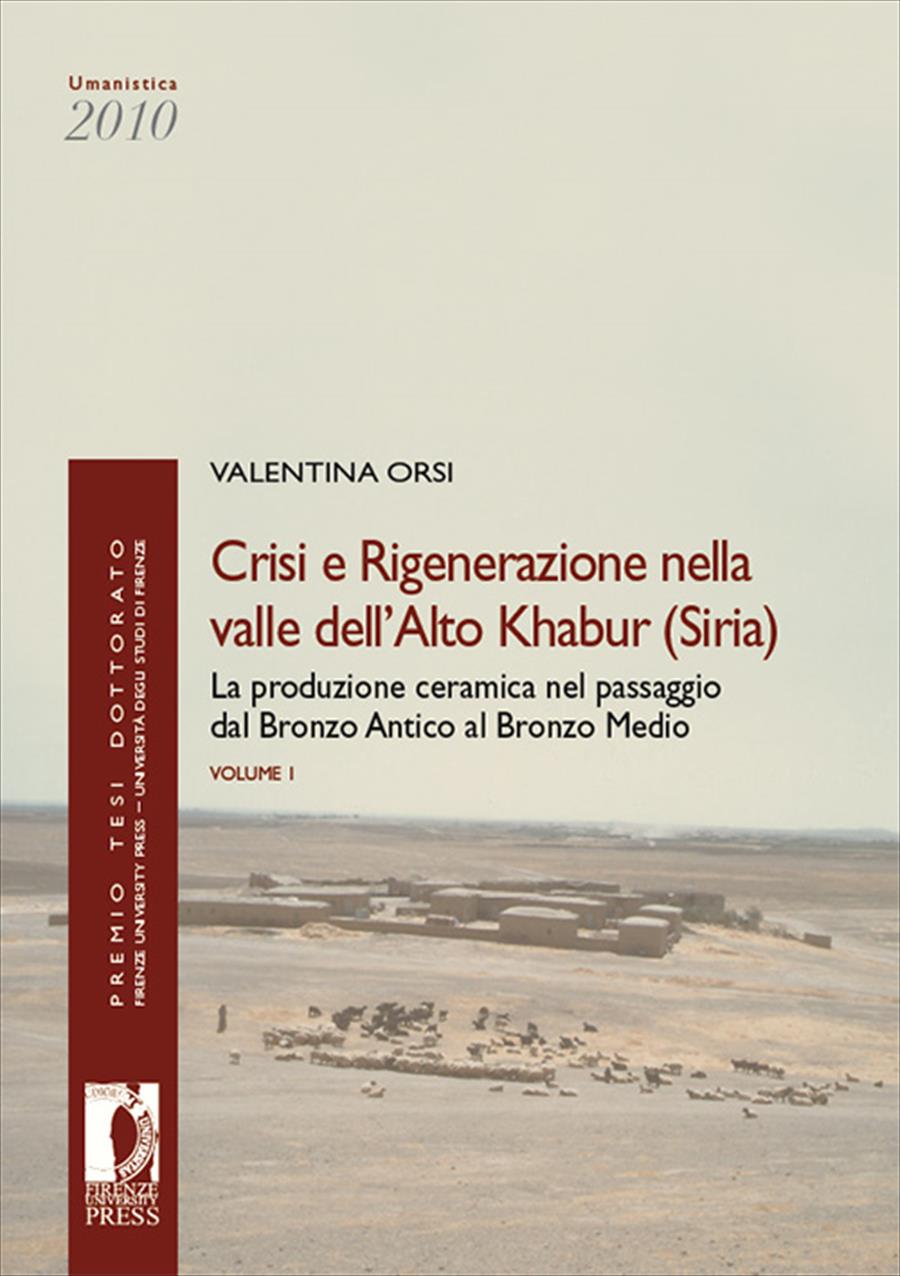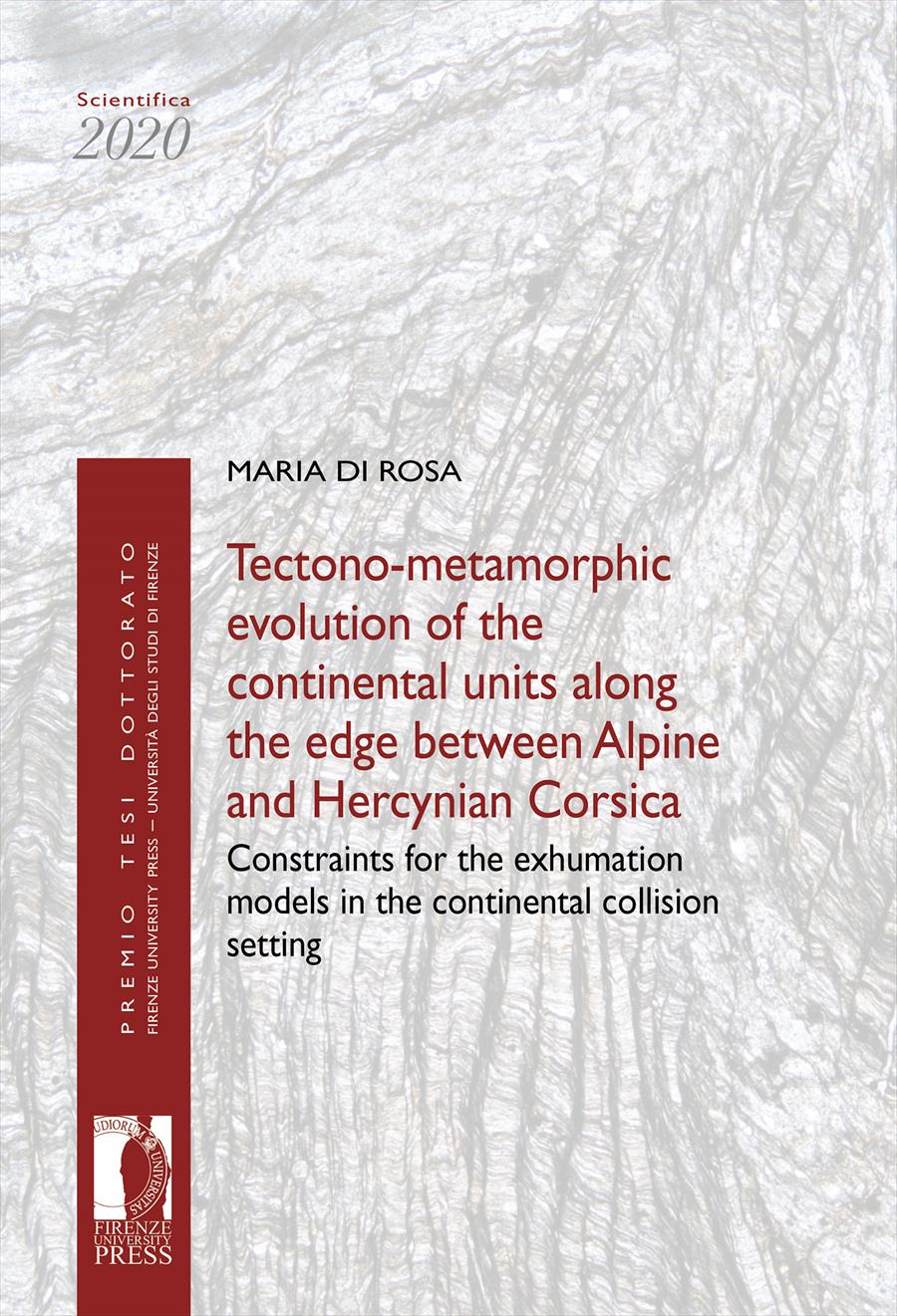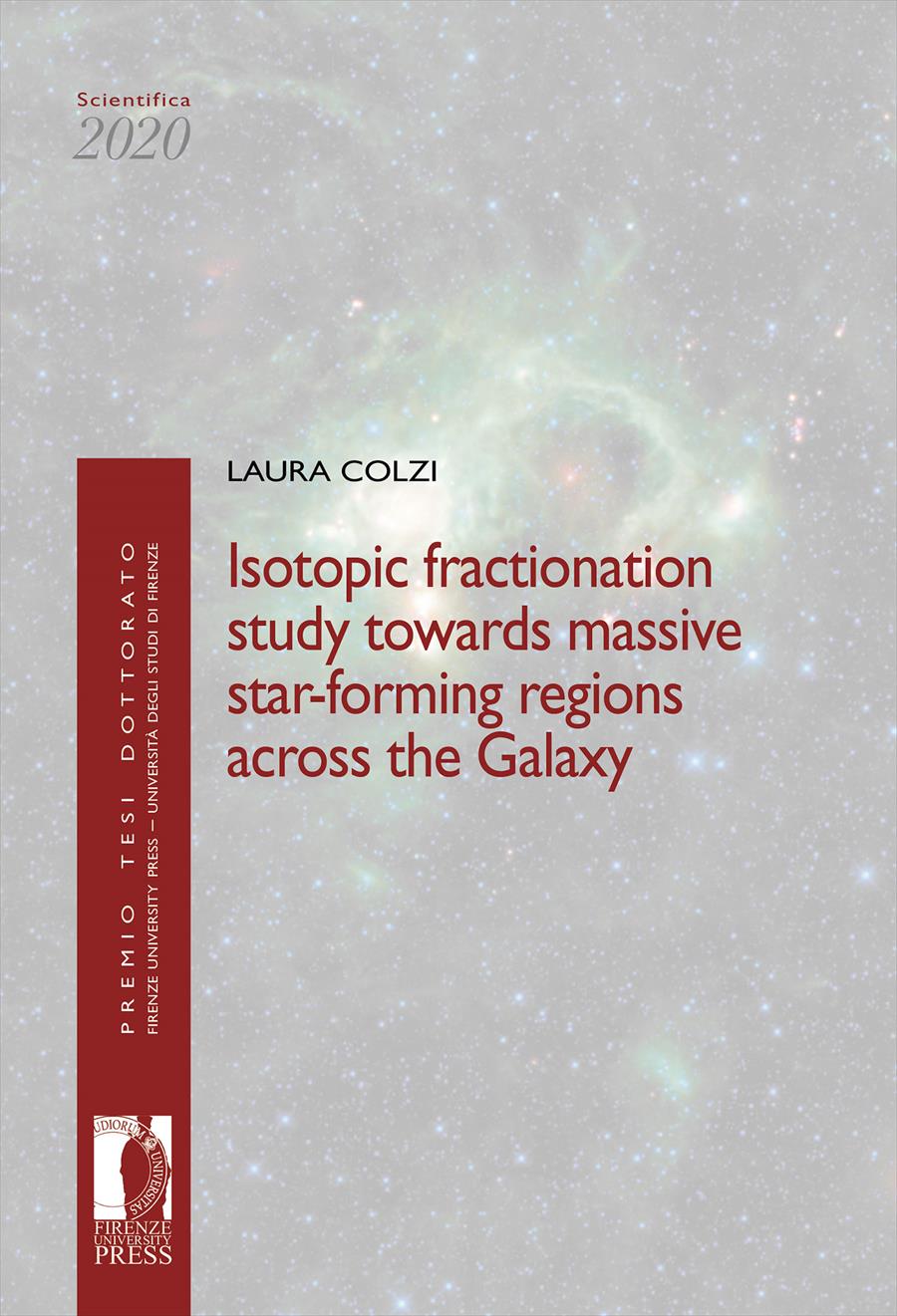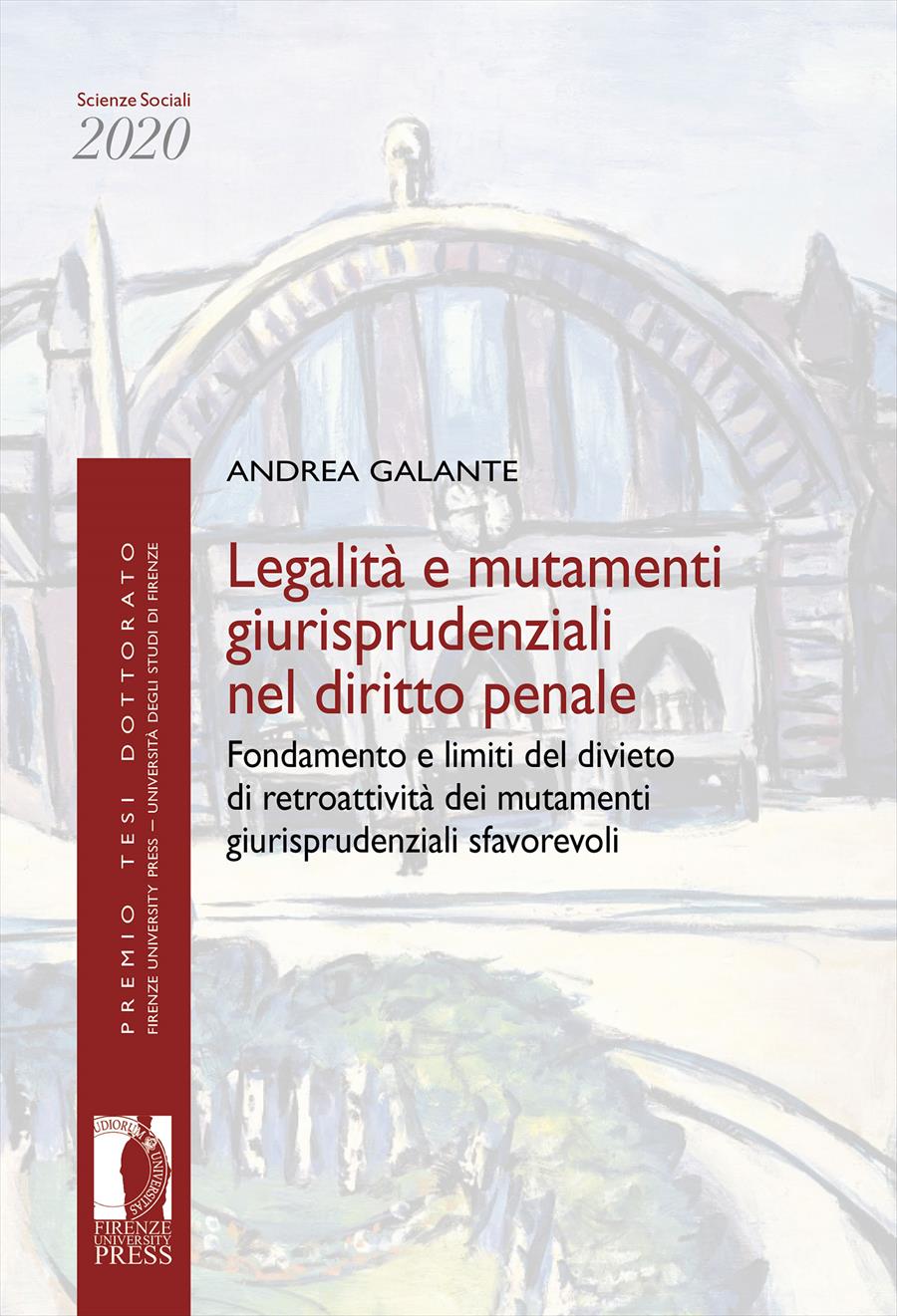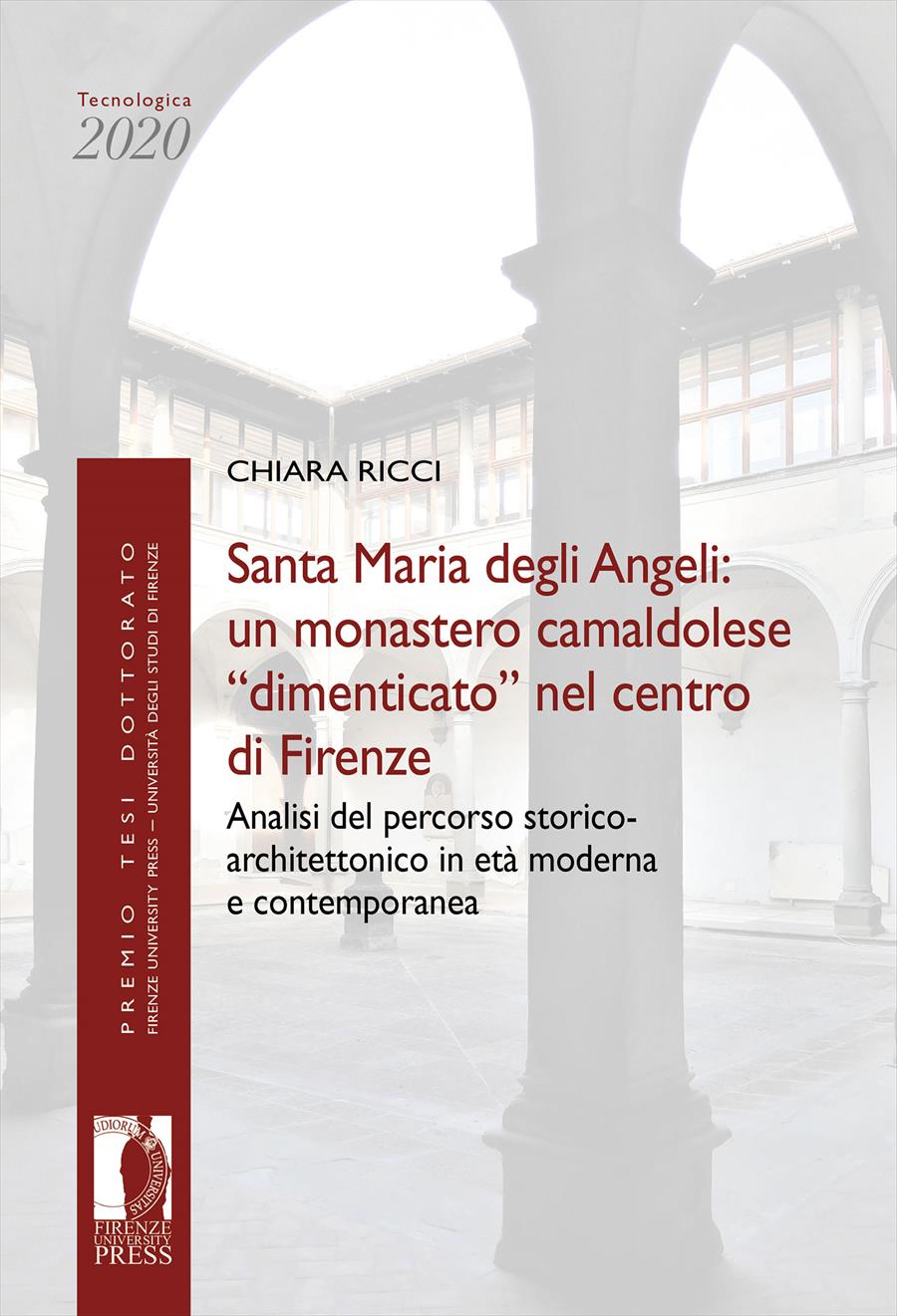Crisi e Rigenerazione nella valle dell'Alto Khabur (Siria)
La produzione ceramica nel passaggio dal Bronzo Antico al Bronzo Medio
- Valentina Orsi,
In the history and archaeology of the Ancient Near East, the period between the end of the third and the beginning of the second millennium BC in northern Mesopotamia constitutes a 'Media Aetas', an obscure period between the flourishing of the urban cultures of the Ancient Bronze Age in the middle of the III millennium BC and the development of the Amorite states of the Middle Bronze Age at the end of the 19th century BC. The identification in the archaeological sequence of Tell Barri, the ancient city of Kahat, of the ceramic horizon coeval with the 'urban crisis' that preceded the diffusion of the painted ceramic of Khabur, associated with a new phenomenon of sedentarisation, makes it possible to redefine the chronology of events in the region. It aso enables a delineation of the processes of interaction between the various social realities of northern Mesopotamia in the phase of formation that underlies the subsequent cultural development of the II millennium BC.
- DOI: 10.36253/978-88-6655-089-1
- Series: Premio Tesi di Dottorato
- Scientific Board
- Language: Italian
- Subjects: Archaeology
University of Florence, Italy - ORCID: 0000-0002-3657-4351
- Publication Year: 2011
- Pages: 916
- eISBN: 978-88-6655-089-1
- Content License: CC BY-ND 3.0 IT
- © 2011 Author(s)
- Publication Year: 2011
- eISBN: 978-88-9273-641-2
- Content License: CC BY-ND 3.0 IT
- © 2011 Author(s)
- Publication Year: 2011
- Pages: 916
- ISBN: 978-88-6655-087-7
- Content License: CC BY-ND 3.0 IT
- © 2011 Author(s)
Bibliographic Information
Book Title
Crisi e Rigenerazione nella valle dell'Alto Khabur (Siria)
Book Subtitle
La produzione ceramica nel passaggio dal Bronzo Antico al Bronzo Medio
Authors
Valentina Orsi
Peer Reviewed
Number of Pages
916
Publication Year
2011
Copyright Information
© 2011 Author(s)
Content License
Metadata License
Publisher Name
Firenze University Press
DOI
10.36253/978-88-6655-089-1
ISBN Print
978-88-6655-087-7
eISBN (pdf)
978-88-6655-089-1
eISBN (xml)
978-88-9273-641-2
Series Title
Premio Tesi di Dottorato
Series ISSN
2612-8039
Series E-ISSN
2612-8020
